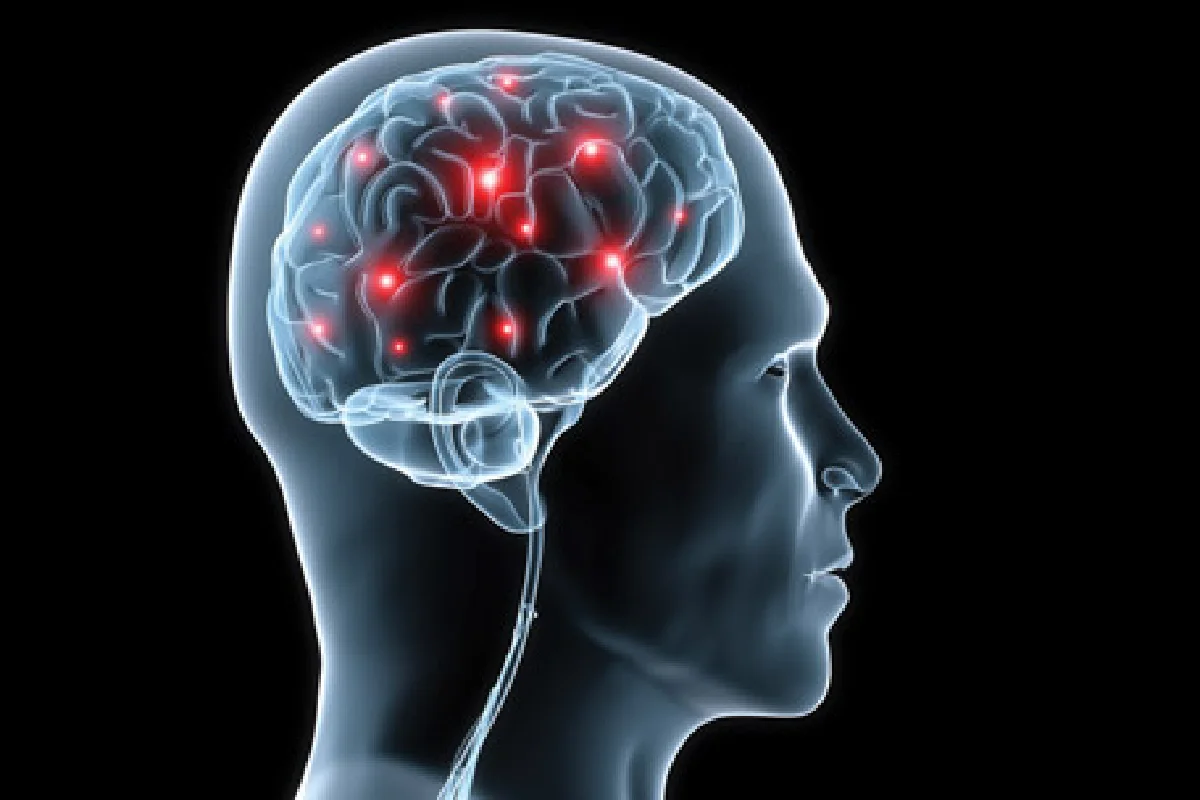Anyone who has struggled to overcome drug addiction or tried to help a loved one understands why it is crucial. Drug addiction is a substance use disorder that exerts pressure or a powerful influence on the brain that manifests in three distinct ways:
- Cravings for the substance of addiction
- Loss of control over drug abuse, and
- Continuing involvement despite adverse consequences
While it is not easy to go through the slow, long, and complicated addiction recovery process, it is possible with help. When researchers first began investigating the causes of addictive behaviours in the 1930s, they believed that people who lack willpower or are morally flawed develop drug addiction. But, the scientific consensus has changed since then. Today, addiction is recognised as a chronic mental illness that hinders standard brain structure and functioning. In other words, like cardiovascular diseases damage the heart and impact the pancreas, addiction hijacks the brain. Also, recovery from addiction is not possible only through willpower. Instead, multiple strategies are needed for addiction treatment, which include psychotherapy, medication, and self-care.
Table of Contents
Addiction turns Liking into Wanting.
Most people start using substances for recreational purposes, but unfortunately, they get caught in the snare. In fact, the United Kingdom reported 225.6 thousand drug offences in the year 2019/20. And the top three drugs that cause addiction in more than two-thirds of people include marijuana, opioid, cocaine, and pain relievers. While most drug abuse cases are hereditary, behaviour also plays a crucial role in reinforcing a habit.
Pleasure Principle of the Brain
The brain doesn’t know different languages. So whether you feel euphoric with a psychoactive drug, a monetary reward, a satisfying meal, or a sexual encounter, it registers all pleasures in the same way. And this pleasure is initiated when the neurotransmitter dopamine in the nucleus accumbens is released. Also, dopamine is consistently tied to happiness and refers to the region as the brain’s pleasure centre.
When an individual involves in drug abuse, everything from nicotine to heroin causes dopamine release. And the speed, intensity and reliability of dopamine release are directly linked with the likelihood that drug use or participation in a rewarding activity will lead to addiction. Not only that, even the different administration methods of the drug in the body can influence the intensity of substance use disorders. For example, instead of swallowing a pill, smoking or injecting a drug through veins produces a faster dopamine signal and is more likely to lead to drug misuse.
Learning Process of the Brain
The experience of pleasure is not the only reason people continue seeking an addictive substance or activity; the situation is much more complicated. Because dopamine contributes to the experience of joy, it also plays a role in learning and memory. These two key elements help transition from liking something to becoming an addict.
According to what people perceive about drug abuse today, dopamine interacts with glutamate (another neurotransmitter) to take over the brain’s system of reward-related learning. This system also links activities needed for human survival with pleasure and reward. Also, the brain’s reward circuit includes areas involved with motivation, memory, and pleasure, and addictive substances stimulate this circuit and overload it.
Tolerance and Compulsion
Over time, the brain adapts to the regular doses of substances and does not induce pleasurable feelings anymore. The natural rewards in the brain come only with time and effort. But, addictive drugs and behaviours provide a shortcut. When an individual suffers from substance use disorder, the mere use of drugs floods the brain with dopamine and other neurotransmitters. For example, addictive drugs release dopamine more than natural rewards do and also more quickly and reliably. Hence, brain receptors become overwhelmed in a person with the addiction. Just like you turn the volume down on a loudspeaker, if the sound becomes too loud, the brain produces less dopamine and eliminates the dopamine receptors as a response. As a result, the impact of dopamine on the brain’s reward centre is less. In other words, people with addiction find that the desired substances no longer give them the expected high or pleasure. To get the needed buzz, they need to take the drugs in more elevated amounts, and this adaptation of the brain to drugs is called tolerance.
At this point, compulsion takes over. The pleasure caused by drugs subsides, and the need to recreate it becomes persistent. Also, the learning process comes into play. The brain structures the hippocampus, and the amygdala stores information about the desired substances and the environmental cues behind their use so they can be located again. These memories force a person to develop an intense craving for the substances whenever they encounter environmental cues. And these cravings affect both addiction and relapse after a hard-won sobriety. For example, a heroin addict may experience a relapse when they see a hypodermic needle, or an alcoholic might start drinking again after seeing a bottle of beer. It explains why most people experience relapse even after years of abstinence.
The Recovery Road
Substance use disorder or addiction recovery is a slow and hesitant process. Because addiction is stored in the brain as memory, it starts to diminish during the recovery. For example, more than 50% of people with drug abuse addiction experiences relapse at least once. While relapse experience might feel discouraging, it is similar to other chronic diseases, such as high blood pressure and asthma, where more than 70% of people experience a recurrence of symptoms. Fortunately, addiction recovery is possible with the help of effective treatments, including self-help strategies, psychotherapy, and rehabilitation. In severe cases, doctors also recommend medications. While the treatment plans differ based on the severity of the addiction, treatments are aimed at helping people to unlearn addictions. Patients also adopt healthier coping strategies to respond to triggering situations. You can also contact free drug rehabs to enrol in the best treatment practices.

